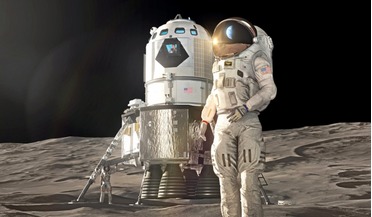 July 2019
Developing life support systems for human exploration missions beyond Earth
July 2019
Developing life support systems for human exploration missions beyond Earth
... ECLS systems are equally important. One of the efforts underway is to develop a packaging concept that allows targeted life support equipment to be launched separately via logistics vehicles and then installed by the crews in the target habitat. The...
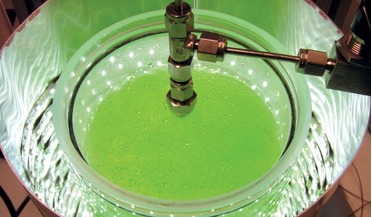 July 2018
Using algae to support astronauts on deep space missions
July 2018
Using algae to support astronauts on deep space missions
... providing sustenance and breathable air on board future spacecraft too. High-level mass streams in an algal life support system. To support astronauts onboard the International Space Station (ISS), we currently resupply about seven tons of water and...
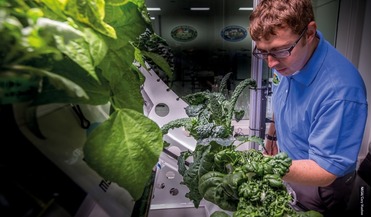 February 2023
How to grow plants in a spacecraft
February 2023
How to grow plants in a spacecraft
... a usable form of organic nitrogen that plants could absorb. An experiment following that principle – the Micro Ecological Life Support System Alternative (MELiSSA) - has been developed and conducted by the European Space Agency since the 1990s...
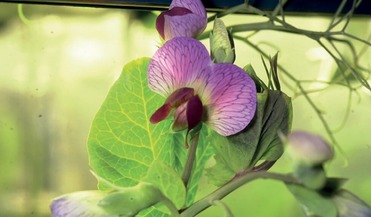 May 2017
Growing plants without gravity
May 2017
Growing plants without gravity
... spacecraft with the use of technology for cultivating higher plants in zero-gravity environments, as part of the spacecraft life support systems. Overall, this series of experiments was very successful but a lot remained unknown, such as how plants...
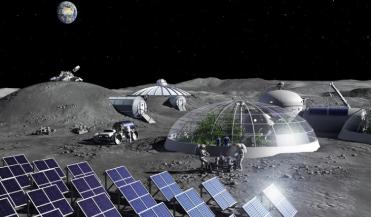 October 2023
The multidisciplinary world of space habitation design
October 2023
The multidisciplinary world of space habitation design
... crop selection based on the capability of a plant to revitalise the air and thus act as a part of bio-regenerative life-support system. Economics is an important factor when finding commercial use cases and generally determining the costs and...
 August 2017
Planning for health, sex and sleep on a future Mars colony
August 2017
Planning for health, sex and sleep on a future Mars colony
... shift, the resulting circadian disruptions would very likely cause them to perform below their optimal level. Life support Life support systems for human spaceflight have historically been relatively simple and requirements for a Mars colony will...